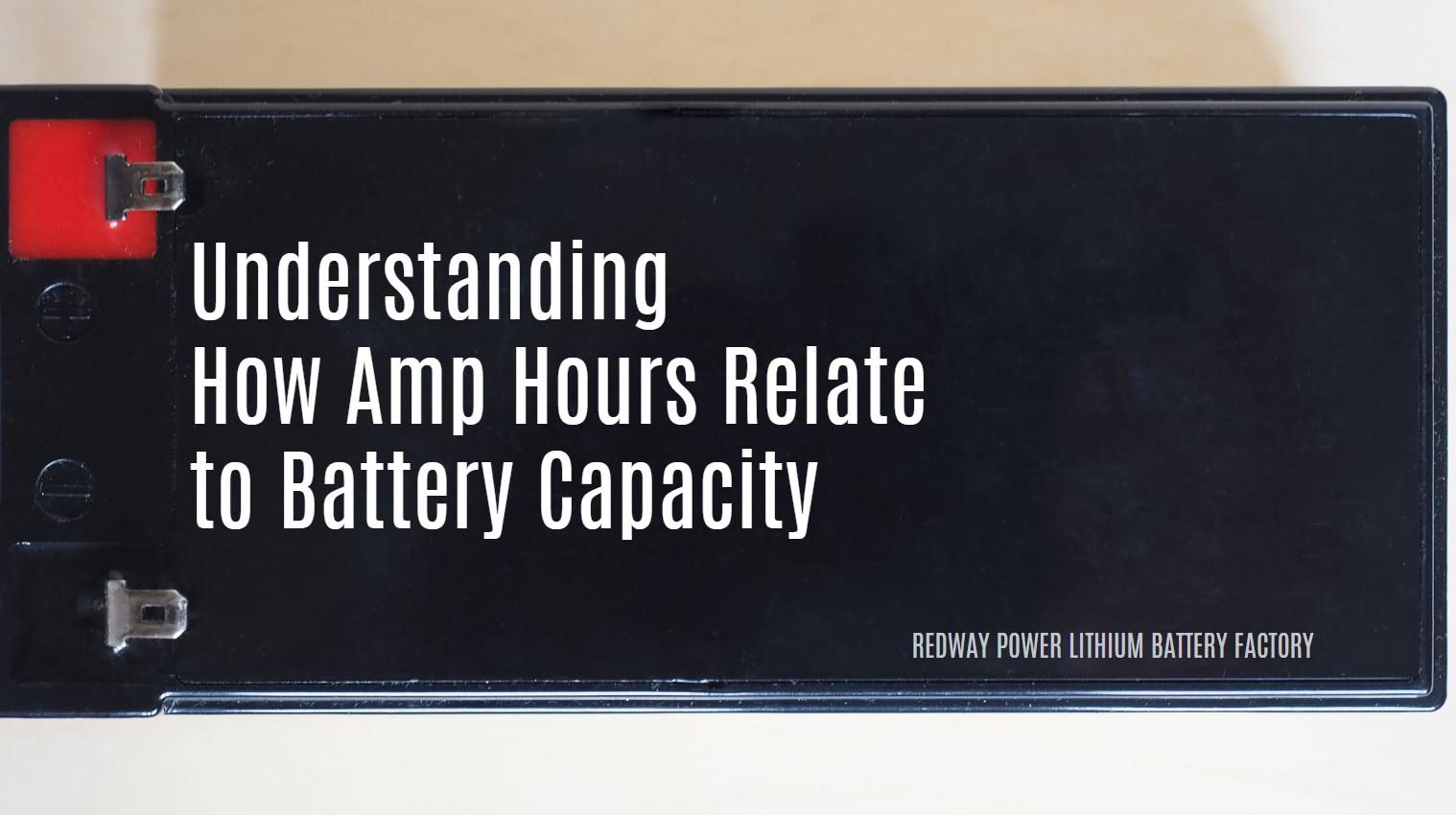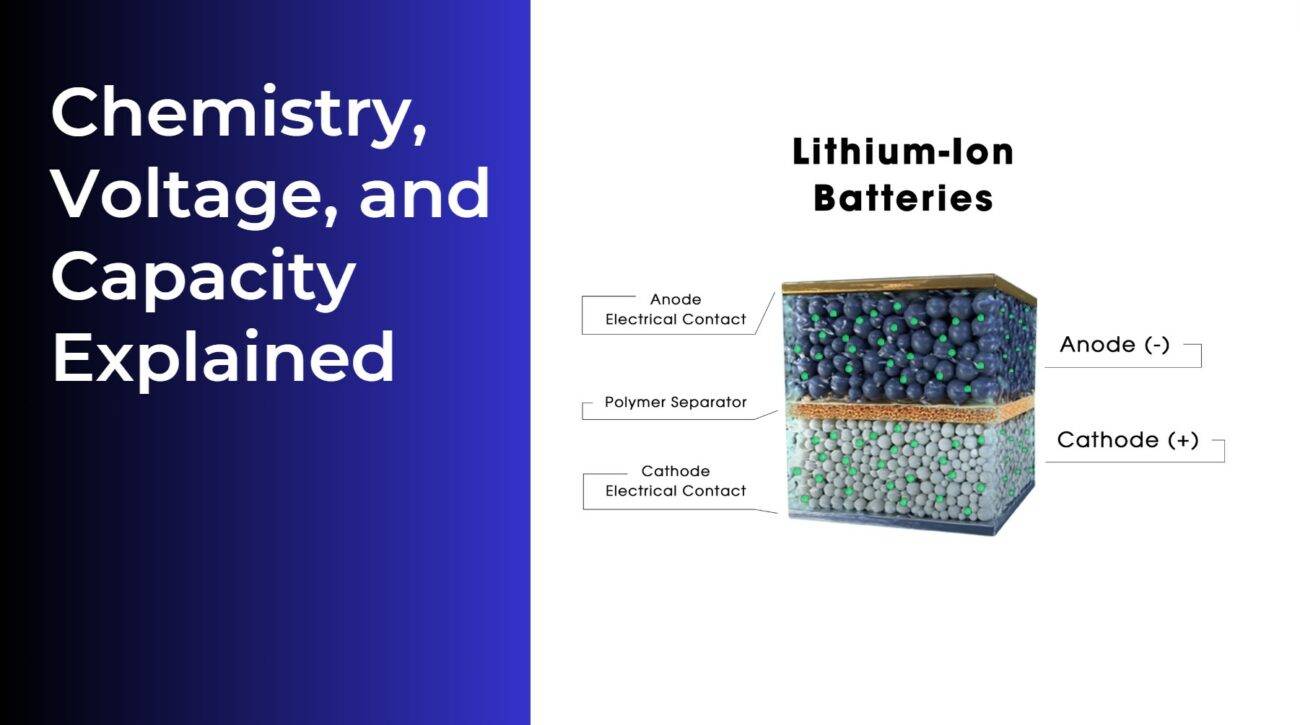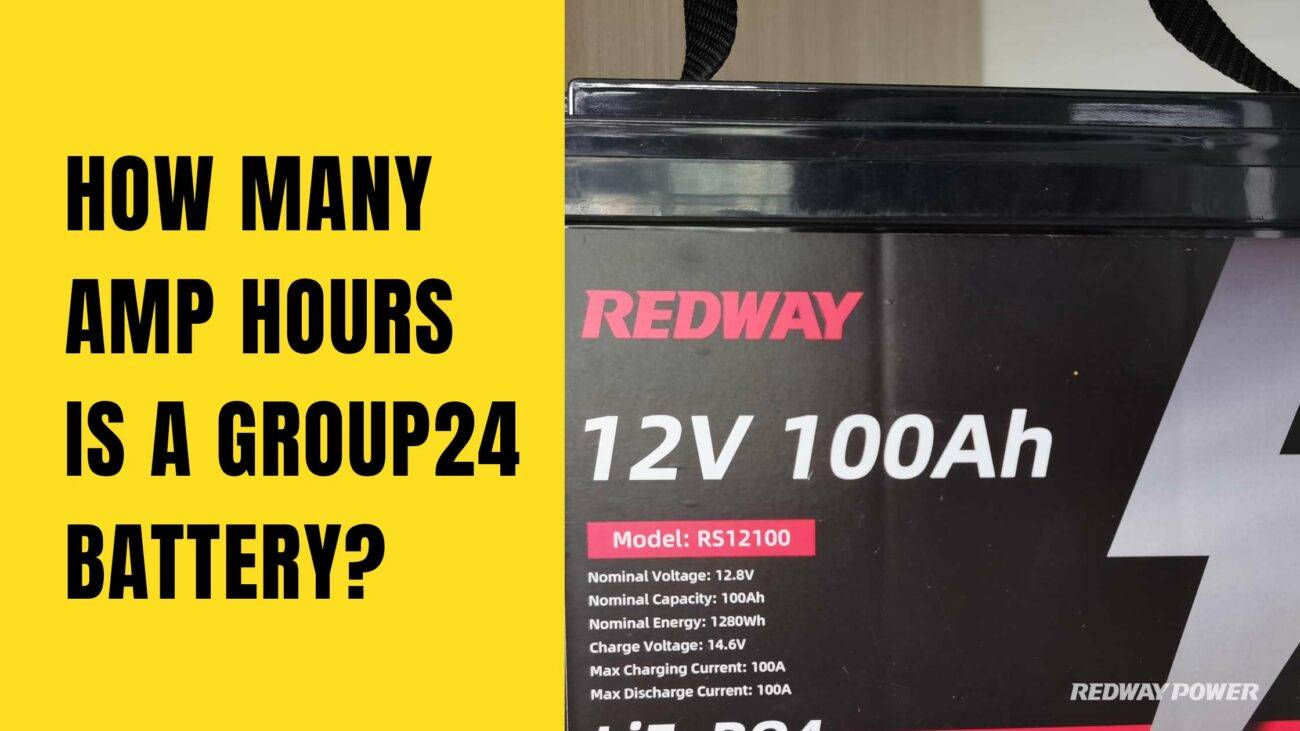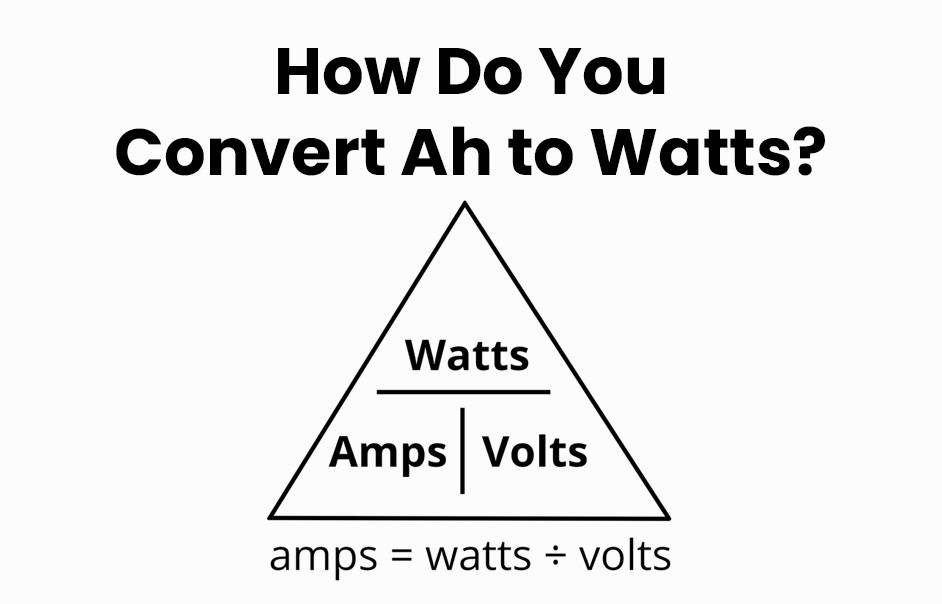- Lithium Golf Cart Battery
- Forklift Lithium Battery
-
48V
- 48V 210Ah
- 48V 300Ah
- 48V 420Ah (949 x 349 x 569 mm)
- 48V 420Ah (950 x 421 x 450 mm)
- 48V 456Ah
- 48V 460Ah (830 x 630 x 590 mm)
- 48V 460Ah (950 x 421 x 450 mm)
- 48V 460Ah (800 x 630 x 600 mm)
- 48V 460Ah (820 x 660 x 470 mm)
- 48V 500Ah
- 48V 560Ah (810 x 630 x 600 mm)
- 48V 560Ah (950 x 592 x 450 mm)
- 48V 600Ah
- 48V 630Ah
-
48V
- 12V Lithium Battery
12V 150Ah Lithium RV Battery
Bluetooth App | BCI Group 31
LiFePO4 Lithium
Discharge Temperature -20°C ~ 65°C
Fast Charger 14.6V 50A
Solar MPPT Charging - 24V Lithium Battery
- 36V Lithium Battery
- 48V Lithium Battery
-
48V LiFePO4 Battery
- 48V 50Ah
- 48V 50Ah (for Golf Carts)
- 48V 60Ah (8D)
- 48V 100Ah (8D)
- 48V 100Ah
- 48V 100Ah (Discharge 100A for Golf Carts)
- 48V 100Ah (Discharge 150A for Golf Carts)
- 48V 100Ah (Discharge 200A for Golf Carts)
- 48V 150Ah (for Golf Carts)
- 48V 160Ah (Discharge 100A for Golf Carts)
- 48V 160Ah (Discharge 160A for Golf Carts)
-
48V LiFePO4 Battery
- 60V Lithium Battery
-
60V LiFePO4 Battery
- 60V 20Ah
- 60V 30Ah
- 60V 50Ah
- 60V 50Ah (Small Size / Side Terminal)
- 60V 100Ah (for Electric Motocycle, Electric Scooter, LSV, AGV)
- 60V 100Ah (for Forklift, AGV, Electric Scooter, Sweeper)
- 60V 150Ah (E-Motocycle / E-Scooter / E-Tricycle / Tour LSV)
- 60V 200Ah (for Forklift, AGV, Electric Scooter, Sweeper)
-
60V LiFePO4 Battery
- 72V~96V Lithium Battery
- Rack-mounted Lithium Battery
- E-Bike Battery
- All-in-One Home-ESS
- Wall-mount Battery ESS
-
Home-ESS Lithium Battery PowerWall
- 24V 100Ah 2.4kWh PW24100-S PowerWall
- 48V 50Ah 2.4kWh PW4850-S PowerWall
- 48V 50Ah 2.56kWh PW5150-S PowerWall
- 48V 100Ah 5.12kWh PW51100-F PowerWall (IP65)
- 48V 100Ah 5.12kWh PW51100-S PowerWall
- 48V 100Ah 5.12kWh PW51100-H PowerWall
- 48V 200Ah 10kWh PW51200-H PowerWall
- 48V 300Ah 15kWh PW51300-H PowerWall
PowerWall 51.2V 100Ah LiFePO4 Lithium Battery
Highly popular in Asia and Eastern Europe.
CE Certification | Home-ESS -
Home-ESS Lithium Battery PowerWall
- Portable Power Stations
How Amp Hours Relate to Battery Capacity

Amp hours (Ah) are a critical measurement for understanding battery capacity, indicating how much energy a battery can store and deliver over time. This article will explore the significance of amp hours, how they relate to battery performance, and the factors that influence battery capacity.
What Are Amp Hours and Why Are They Important?
Amp hours measure the amount of electric charge a battery can deliver over a specified period. For example, a 100 Ah battery can provide 100 amps for one hour or 5 amps for 20 hours. Understanding amp hours is essential for selecting the right battery for your needs, as it helps determine how long a device can operate before needing a recharge.
| Measurement | Example |
|---|---|
| 100 Ah | 100 amps for 1 hour |
| 50 Ah | 25 amps for 2 hours |
| 200 Ah | 10 amps for 20 hours |
How Do Amp Hours Affect Battery Performance?
The amp hour rating directly impacts how long a battery can power devices under various loads:
- Higher Capacity: Batteries with higher amp hour ratings can run devices longer before needing a recharge. For instance, a 200 Ah battery will last twice as long as a 100 Ah battery under similar conditions.
- Load Variability: The actual runtime can vary based on the load; higher current draws reduce the effective capacity due to Peukert’s Law, which states that higher discharge rates lead to lower available capacity.
What Is Peukert’s Law and How Does It Influence Battery Capacity?
Peukert’s Law explains the relationship between discharge rate and available capacity in lead-acid batteries:
- Definition: Peukert’s Law states that the faster a battery is discharged, the less total energy it can deliver. This means that if you draw more current than the rated capacity suggests, the actual usable capacity decreases.
- Practical Implication: For example, a battery rated at 100 Ah might only deliver around 40-60 Ah if discharged at a high rate (e.g., 100 amps), highlighting the importance of understanding discharge rates when selecting batteries.
Why Is It Important to Know the Rated Capacity of Your Battery?
Knowing your battery’s rated capacity helps in several ways:
- Device Compatibility: Ensures that your battery can meet the power requirements of your devices without frequent recharges.
- Operational Efficiency: Helps avoid situations where equipment fails due to insufficient power.
- Cost Efficiency: Selecting the right capacity prevents overspending on unnecessary power storage.
How Can You Calculate Runtime Using Amp Hours?
To estimate how long a battery will last based on its amp hour rating, use this formula:
Runtime hours =Battery Capacity Ah / Load Current A
For example, if you have a 120 Ah battery powering a device that draws 30 amps:
Runtime=120 Ah/30 A=4 hours
This calculation provides a theoretical runtime; actual performance may vary based on factors like temperature and discharge rate.
What Factors Influence Battery Capacity Beyond Amp Hours?
Several factors can affect effective battery capacity:
- Temperature: Extreme temperatures can reduce performance; batteries typically perform best at moderate temperatures.
- Age and Condition: Older batteries may not hold their rated capacity due to wear and tear.
- Charge Cycles: The number of times a battery has been charged and discharged affects its overall lifespan and efficiency.
How Do Different Battery Types Compare in Terms of Amp Hours?
Different types of batteries have varying amp hour ratings and characteristics:
| Battery Type | Typical Lifespan | Common Applications | Characteristics |
|---|---|---|---|
| Lead-Acid | 3-5 years | Automotive, backup power | Requires maintenance |
| Lithium-Ion | 5-10 years | Electronics, electric vehicles | Fast charging, low maintenance |
| Nickel-Cadmium | 2-5 years | Power tools, emergency lights | Good cycle life but memory effect |
Industrial News
Recent advancements in battery technology emphasize increasing amp hour ratings while reducing weight and size. Manufacturers are focusing on lithium-ion technology due to its superior energy density and lower maintenance needs compared to traditional lead-acid batteries. Additionally, regulatory changes are encouraging industries to adopt more sustainable energy solutions, including advanced batteries that offer greater efficiency.
Redway Power Expert Views
“Understanding amp hours is crucial for anyone using batteries in their operations,” says an expert from Redway Power. “As technology evolves, selecting batteries with appropriate capacities will help businesses optimize performance while minimizing costs.”

FAQs
- What does the amp hour rating of a battery indicate?
- The amp hour rating of a battery indicates its energy capacity and how much current it can provide for a specific duration.
- How does the amp hour rating affect battery performance?
- Batteries with higher amp hour ratings have greater energy capacity and can provide more current or last longer before needing to be recharged.
- How can I calculate battery runtime?
- To calculate battery runtime, divide the amp hour rating of the battery by the amp value obtained by dividing the power consumption by the battery voltage.
Why is it important to know both amp hour and watt hour calculations for determining your battery’s energy capacity?
Knowing both amp hour (Ah) and watt hour (Wh) calculations helps determine a battery’s energy capacity and usage. Ah measures battery capacity in terms of current over time, while Wh combines both voltage and current, giving a clearer picture of the total energy available.
How do you calculate amp hours (Ah)?
Amp hours (Ah) are calculated by multiplying the current (in amps) by the time (in hours) the battery can supply that current. For example, if a battery provides 10 amps for 5 hours, its capacity is 50 Ah (10A x 5h).
What is the definition of watt hours (Wh) and how is it practically applied?
Watt hours (Wh) measure the total energy a battery can store or deliver, calculated by multiplying voltage (V) by amp hours (Ah). Practically, Wh helps assess how long a battery can power a device or how much energy storage you need for a given application.
How do you calculate watt hours (Wh)?
Watt hours (Wh) are calculated using the formula: Wh = Voltage (V) x Amp Hours (Ah). For instance, a 12-volt battery with a 50 Ah capacity would have 600 Wh (12V x 50Ah).
What is the importance of understanding energy basics before investing in a solar power and energy storage system for RVs, boats, or tiny homes?
Understanding energy basics is crucial to ensure you select the right size and type of system, match energy needs with battery and solar panel capacities, and avoid overspending on unnecessary equipment. It helps in designing an efficient and cost-effective energy solution.
What is a C rating on a battery and how does it affect charge and discharge rates?
The C rating indicates the rate at which a battery can be safely charged or discharged relative to its capacity. For example, a 1C rating means the battery can be charged or discharged in one hour. Higher C ratings allow for faster charge and discharge rates.
How can you calculate the energy needs for a solar power plus energy storage system?
Calculate energy needs by determining the total daily energy consumption of your devices (in Wh), then size your solar panels and battery storage to meet or exceed that requirement. Factor in inefficiencies and storage capacity to ensure reliable operation.
Why might lithium batteries be preferred over lead acid batteries for energy storage systems?
Lithium batteries are preferred due to their higher energy density, longer cycle life, faster charging times, and lighter weight compared to lead acid batteries. They also offer deeper discharges and better efficiency, making them more suitable for energy storage systems.
What does amp hour mean?
Amp hour (Ah) measures how much current a battery can deliver over time; for example, a 100 Ah battery can provide 100 amps for one hour.
How does Peukert’s Law affect my battery usage?
Peukert’s Law indicates that higher discharge rates reduce available capacity; thus, drawing more current than expected may lead to shorter runtimes.
How can I calculate how long my battery will last?
Use the formula: Runtime (hours) = Battery Capacity (Ah) / Load Current (A).
What factors affect my battery’s effective capacity?
Temperature, age, condition, and charge cycles all influence how well your battery performs relative to its rated capacity.
























